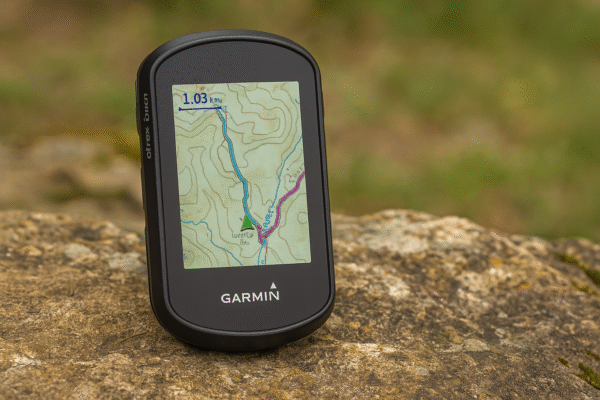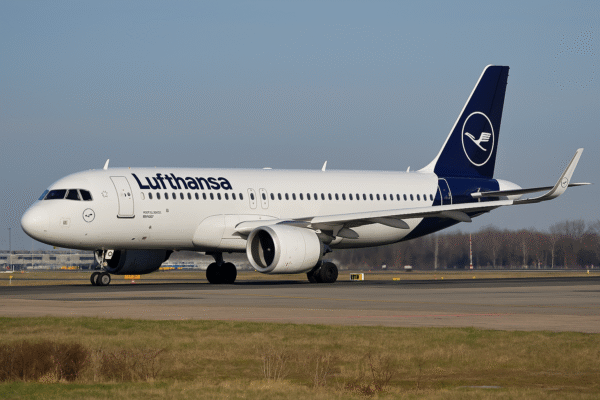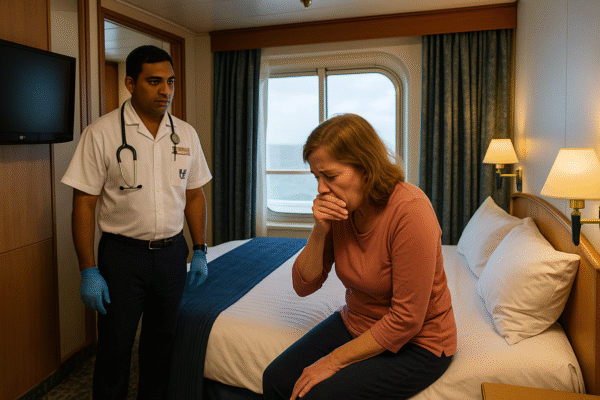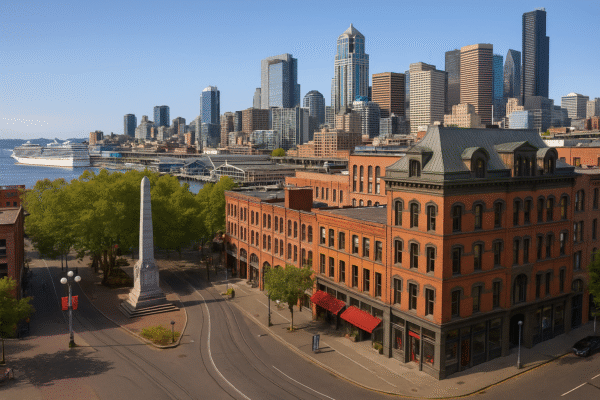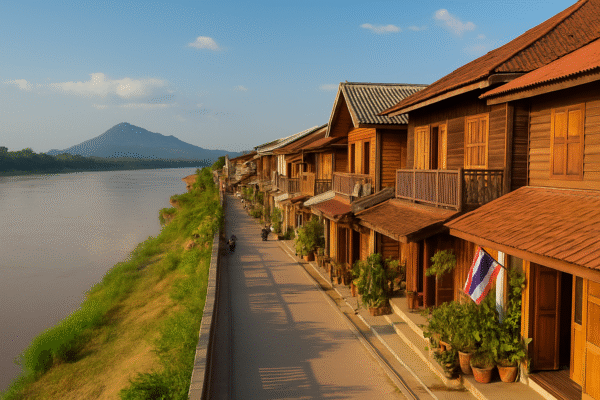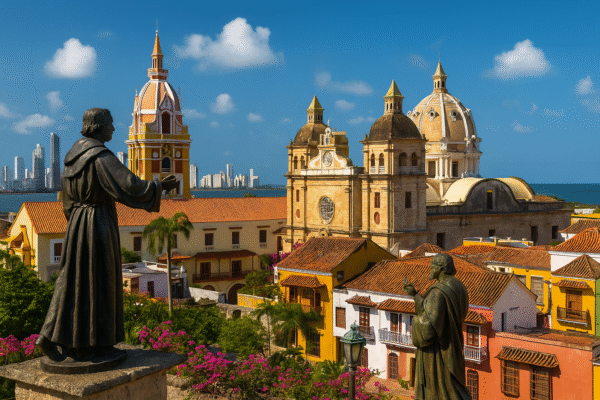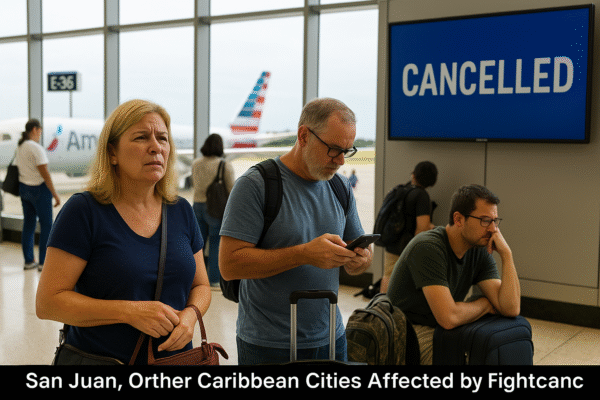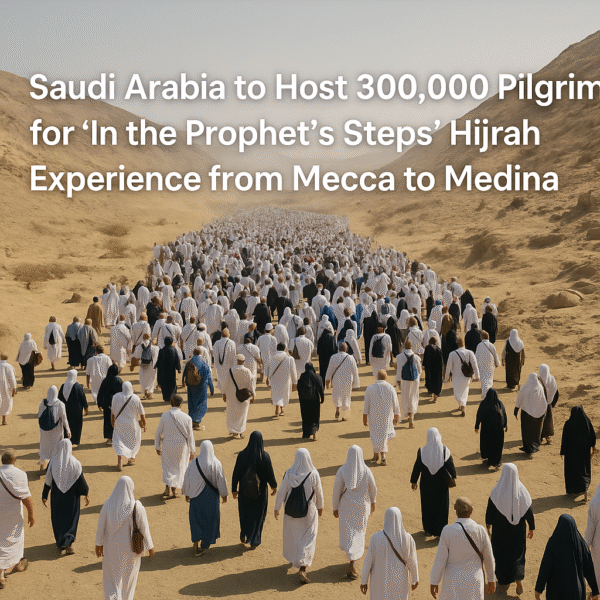In a landmark development for global spiritual tourism, Saudi Arabia is set to welcome 300,000 pilgrims this November for the inaugural season of “In the Prophet’s Steps,” an immersive journey retracing the sacred migration of Prophet Mohammed (Peace Be Upon Him) from Mecca to Medina. This initiative is the first of its kind and aims to transform a historical path into a deeply personal and educational experience.
Organized under the guidance of Saudi Arabia’s General Entertainment Authority and supported by the Ministry of Tourism and the Ministry of Islamic Affairs, the initiative represents a significant step in promoting Islamic heritage tourism. Over one million individuals from across the globe registered interest in this program, with the first 300,000 participants selected through a rigorous application process.
A Reconstructed Route of Historical Significance
The spiritual journey covers a meticulously restored 470-kilometre trail known as the Hijrah route. Out of this, 305 kilometres are designated as walkable terrain, allowing pilgrims to experience the very landscapes traversed by the Prophet over 1,400 years ago. This route not only retraces physical footsteps but also revives emotional, spiritual, and cultural touchpoints that continue to shape Islamic identity.
Forty-one heritage landmarks have been rehabilitated, including ancient roads, valleys, wells, and historical rest stops mentioned in early Islamic texts. Eight key stations along the trail will serve as spiritual reflection points, while five interactive hubs will use augmented reality, immersive storytelling, and multimedia exhibits to narrate the Prophet’s journey, trials, and revelations.
Global Participation Led by Southeast Asia and South Asia
Malaysia, Indonesia, India, and Turkey are among the top participating countries, reflecting the strong demand for religious tourism in these nations. According to data from Saudi Arabia’s Ministry of Hajj and Umrah, Southeast Asian countries account for a significant proportion of the annual Umrah and Hajj visitors, making them natural partners in this new initiative.
Indonesia alone saw the highest number of registrations, followed closely by pilgrims from Malaysia. India, with its large Muslim population, and Turkey, known for its deep-rooted Islamic cultural traditions, also feature prominently in the program’s outreach.
Saudi Arabia’s ambassador to Malaysia, Datuk Dr. Mahmoud Qattan, highlighted the importance of regional cooperation in strengthening people-to-people spiritual ties, stating, “This program is more than a journey; it’s a shared heritage experience connecting hearts and histories.”
Advanced Infrastructure for Pilgrim Comfort
To support this unprecedented spiritual experience, Saudi Arabia has developed robust infrastructure along the route. There are now over 30 dining venues offering local and regional cuisine, 50 retail outlets showcasing traditional crafts and souvenirs, and comfortable lodging stations situated strategically to cater to daily visitors.
The trail is equipped to accommodate up to 12,000 visitors per day, with dedicated facilities for families, elderly pilgrims, and those with limited mobility. A fleet of specially designed 4×4 vehicles ensures accessibility across remote and elevated terrain. One of the most remarkable infrastructure upgrades includes the newly installed cable-assisted transport to the Cave of Thawr—cutting travel time from two hours to just three minutes.
Educational Anchors and Cultural Immersion
A central attraction of the initiative is the newly opened Migration Museum near Medina. This world-class facility offers historical artifacts, interactive displays, and curated exhibitions that explore the social, economic, and religious context of the Hijrah. Visitors will gain insight into how the migration transformed the Islamic world, laying the foundation for the first Muslim community.
Multilingual guides, virtual reality content, and educational workshops are also part of the experience, ensuring that pilgrims of all ages and nationalities can engage deeply with the significance of the journey.
A Vision for the Future of Spiritual Tourism
This initiative aligns with Saudi Arabia’s Vision 2030, which emphasizes cultural tourism as a pillar of economic diversification. By 2030, the kingdom aims to scale In the Prophet’s Steps to accommodate up to five million pilgrims annually. The journey is poised to become one of the most significant global Islamic travel experiences, offering a peaceful and profound alternative to conventional mass tourism.
The project represents a new model of spiritual engagement—one that honors Islamic tradition while embracing modern hospitality, digital technology, and inclusive access. It also reinforces Saudi Arabia’s position as a custodian of Islamic heritage and a leader in developing immersive pilgrimage experiences.
According to the Saudi Tourism Authority, the initiative is part of a broader push to attract 150 million annual visitors to the kingdom by the end of the decade, with a growing emphasis on religious and cultural segments.
Bridging Past and Present for Generations to Come
In the Prophet’s Steps transcends the boundaries of time and geography. It is not just a commemorative walk but a living heritage initiative—inviting Muslims from every corner of the world to reflect on the Prophet’s endurance, courage, and unwavering faith.
As the first cohort of pilgrims prepares to embark on this transformative journey from Mecca to Medina, Saudi Arabia sets a new standard in heritage tourism, spiritual engagement, and cultural diplomacy. With participation from countries like Malaysia, Indonesia, India, and Turkey, the initiative is poised to create a lasting impact on the global Muslim community for generations to come.
For more travel news like this, keep reading Global Travel Wire


